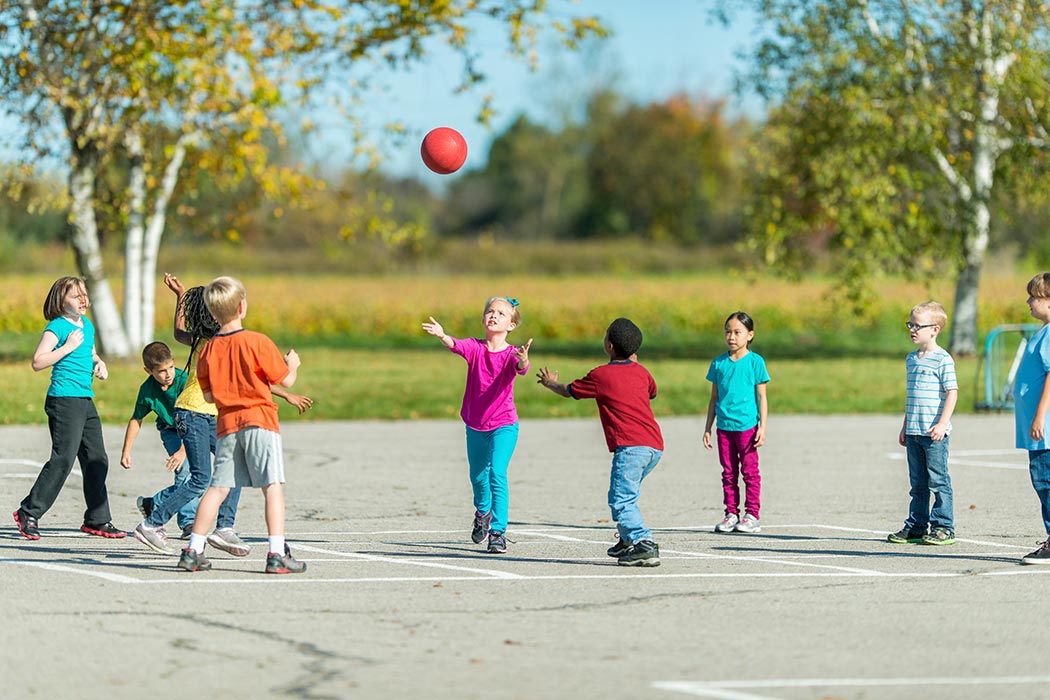With the beginning of spring, it gets harder for kids to stay at their desks for the length of the school day. But, as schools around the country come under pressure to spend more time on academic instruction and test preparation, recess is often what ends up getting cut out of the day. In a 2005 paper, Anthony D. Pellegrini and Catherine M. Bohn reported on several experiments looking at the effects of recess and suggest that the end of recess is far from a good idea.
The authors start out by arguing that children’s brains are not simply little versions of grown-up ones: “The immaturity of their nervous systems and their lack of experience render children unable to perform higher-level cognitive tasks with the same efficiency as older children and adults.”
That means children need playful breaks—not just a change in academic subject or a physical education class—to keep from being overloaded by the cognitive demands of the classroom. A series of field experiments at a public elementary school reached conclusions that wouldn’t surprise any teacher: students were more attentive after recess than before, particularly when the stretch of time they had to spend in the classroom was shorter. This held true even when students were only allowed to play indoors during recess, suggesting that it’s not just pure physical activity that matters, but rather a change of pace.
Pellegrini and Bohn write that U.S. schools might take a lesson from the educational practices of most East Asian countries, where children get a 10-minute break about every 40 minutes in primary schools, and every 50 minutes in high school. “When children come back from these breaks, they seem more attentive and ready to work,” they write.
At the same time, Pellegrini and Bohn say, the opportunity for children to play together provides a different kind of education. Students learn to navigate social interactions and understand others’ perspectives. The friendships they develop in play can also help them deal with the sometimes-stressful world of school. In a two-year study, they found that kindergarteners’ playground behavior—specifically, their tendency to interact with peers rather than engage in adult-directed activities—predicted higher academic achievement as first graders.
The authors write that social interactions are hard work for young children, but it’s also work they choose to do: “children typically enjoy interacting with their peers and thus are motivated to do the difficult social cognitive work necessary to sustain peer interaction.”
Recess: it does a body and mind good.







